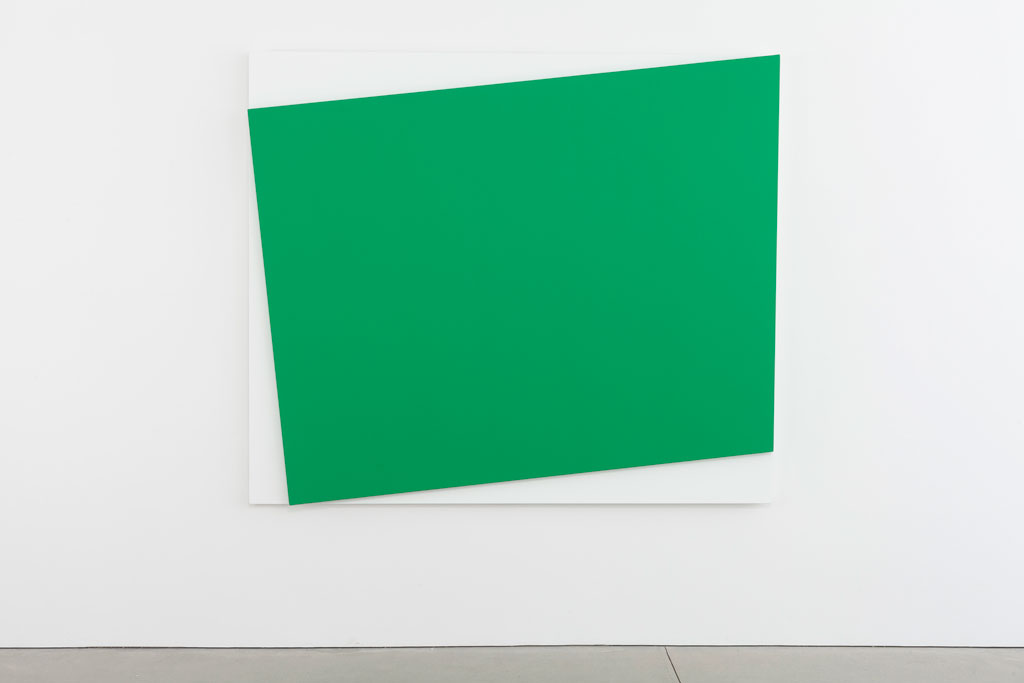ART-TRIBUTE:The Adventure of Colour, Part I
 From the very first stages of the creation of the Centre Pompidou in 1977, color, used as a code is at the heart of Renzo Piano and Richard Rogers’ architectural project. It is the same pure colors which open the polychrome ball of the exhibition “The Adventure of Colour”, devoted to the persistence of reflections about color in the history of Modern and Contemporary art (Part II).
From the very first stages of the creation of the Centre Pompidou in 1977, color, used as a code is at the heart of Renzo Piano and Richard Rogers’ architectural project. It is the same pure colors which open the polychrome ball of the exhibition “The Adventure of Colour”, devoted to the persistence of reflections about color in the history of Modern and Contemporary art (Part II).
By Efi Michalarou
Photo: Centre Pompidou-Metz Archive
The exhibition “The Adventure of Colour” at Centre Pompidou Metz proposes a thematic exploration of color, at times feared as a powerful medium of emotions and sensations, at times as a limitless support of reflections on the physicality and the spirituality of painting. Unveiling a certain number of physical and sensory experiences, the exhibition invites the visitor to progressively become aware of the embodiment of color, through dialogues which are rich in meaning. The iconic “Bleu de ciel” (1940) by Wassily Kandinsky opens the way to the immersive environment “Pier and Ocean” (2014) by François Morellet and Tadashi Kawamata, inviting us to drop anchor on an island of bluish neons, and giving a particular resonance to the words of Gaston Bachelard in L’air et les songes “At first, there is nothing, then a profound nothing, then a blue profundity”. In 1810, exploring in his Theory of colors, optic and physiological mechanisms that are the base of the color spectrum, Goethe anticipated an emancipation through pure color and monochrome. This adventure with color would lead to an awareness of the universality and of the harmony of man with the fundamental unity of things. For Matisse, almost a Century later, color is a veritable liberation. His cut paper collages are a rhythmic exultation which inspire the visual research of Jean Dewasne, Simon Hantaï, Bridget Riley and Sam Francis. Color plates of his work express, Jazz, punctuate the presentation in such a way as to underline the intense influence that Matisse had on his heirs. Committed from 1946 to his Monochrome Adventure, Yves Klein, considered color as a field of energy, which generates psychological spaces. Other monochrome philosophies cohabit with his spiritual vision of color, amongst which are those of Claude Rutault, Dan Flavin or even Robert Ryman whose white paintings, far from being rigidly monochrome, contain limitless variations which enable “other things to occur”. With the energy of Pop Art and of New Realism, color becomes a pulsation, celebrating the real. “What interests me is the profusion of colors of the mass-produced article” declares Martial Raysse: “Prisunic are the modern art museums”. With “America America”, he trades in the paint brush for the neon: a “living colour, a colour beyond colour”. The American artists of the Hard Edge and the Minimal Art are committed as far as they are concerned to a reduction of the components of the work: color is well-defined, normalised, analysed in terms of industrial color charts. For Donald Judd and Ellsworth Kelly, the work must provoke an immediate, comprehensible, visual sensation. It must refer to nothing other than itself. Its form, its material, its color, take to a logical extreme the cut paper collages of Matisse. Having become colored fields, they interact with space and with the spectator, pursuing the quest of Yves Klein.
Info: Curator: Emma Lavigne, Centre Pompidou-Metz, 1 parvis des Droits-de-l’Homme, Metz Cedex 1, Duration: 24/2-22/7/19, Days & Hours: Mon & Wed-Sun 10:00-18:00 (1 Nov to 31 March) or Mon & Wed-Thu 10:00-18:00, Fri-Sun 10:00-19:00, www.centrepompidou-metz.fr







![Joseph Kosuth, 276 (On Color) [Yellow], 1990-2016, Neons, transformers, 190 x 366 cm, Centre Pompidou, Musée national d’art moderne, © Centre Pompidou, MNAM-CCI/Service de la documentation photographique du MNAM/Dist. RMN-GP, © Adagp, Paris 2017](http://www.dreamideamachine.com/web/wp-content/uploads/2019/03/085.jpg)

